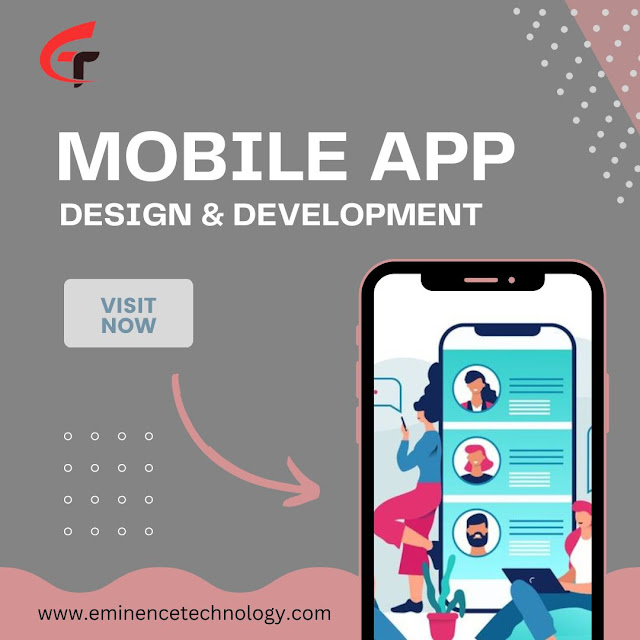Top Frontend Frameworks to Elevate Your Web Development in 2025
In the fast-paced world of web development, staying ahead of the curve is critical for both organizations and professionals. As web applications get more complicated, selecting the appropriate frontend framework can have a big influence on your project's performance and user experience.
This article goes further into the best frontend frameworks to consider in 2025, ensuring that your projects are not just cutting-edge but also scalable and effective.
Why Frontend Frameworks Matter
Frontend frameworks make the development process easier by offering a standardized method to create online apps. They include pre-built components, tools, and libraries, which save time and improve consistency. Choosing the correct framework may help improve development speed, maintainability, and overall user pleasure.
1. React.js: A Powerhouse of Flexibility and Performance
React.js, developed by Facebook, continues to dominate the frontend landscape. Known for its component-based architecture, React simplifies the creation of dynamic and interactive user interfaces. It is ideal for building single-page applications (SPAs) and mobile-friendly designs.
Key Features:
Virtual DOM for faster rendering.
Strong community support and extensive library ecosystem.
Integration with tools like Redux for state management.
Best Use Cases:
React is perfect for building responsive, high-performance web applications, making it a favorite choice for a web application development company.
2. Angular: Enterprise-Level Efficiency
Angular, a framework by Google, is a complete solution for building large-scale applications. Its two-way data binding and dependency injection simplify complex workflows, making it a go-to framework for enterprise projects.
Key Features:
Comprehensive toolset for testing and debugging.
Built-in support for Progressive Web Apps (PWAs).
TypeScript integration for better code maintainability.
Best Use Cases:
Angular excels in creating feature-rich enterprise applications with a strong focus on scalability and performance.
3. Vue.js: Lightweight and Versatile
Vue.js is renowned for its simplicity and ease of integration. This progressive framework allows developers to adopt it incrementally, making it highly adaptable to various project requirements.
Key Features:
Reactive data binding and component-based structure.
Lightweight, ensuring fast load times.
User-friendly documentation and tutorials.
Best Use Cases:
Vue.js is ideal for startups and small-to-medium-sized projects looking for a balance of flexibility and functionality.
4. Svelte: The Revolutionary Approach
Svelte has been gaining momentum as a game-changer in the world of web development. Unlike traditional frameworks, Svelte compiles your code at build time, eliminating the need for a virtual DOM.
Key Features:
No runtime overhead, resulting in faster applications.
Simple syntax for quick learning and implementation.
Built-in state management.
Best Use Cases:
Svelte is perfect for projects that require lightning-fast performance and minimal code complexity.
5. Next.js: The Full-Stack Frontend Solution
Next.js, built on top of React, provides server-side rendering and static site generation capabilities. It bridges the gap between traditional web development and modern Jamstack approaches.
Key Features:
Automatic code splitting and optimized performance.
Built-in support for API routes.
Seamless integration with headless CMS platforms.
Best Use Cases:
Next.js is ideal for SEO-friendly websites and high-performance eCommerce platforms.
Key Considerations When Choosing a Frontend Framework
When selecting a frontend framework, keep the following factors in mind:
Project Requirements: Match the framework’s strengths with your project’s needs.
Team Expertise: Opt for a framework your team is familiar with or willing to learn.
Community and Support: A strong community ensures long-term viability and access to resources.
Scalability: Ensure the framework can handle the growth of your application.
For a detailed comparison of the roles between frontend and backend in web development, check out our article on frontend vs. backend differences.
The Future of Frontend Frameworks
As technology advances, the difference between frontend and backend continues to fade. Frameworks are getting more comprehensive, with capabilities like AI-powered user experiences and real-time data management. Keeping up with current developments is critical for providing cutting-edge web development services.
About Eminence Technology
At Eminence Technology, we specialize in crafting innovative solutions tailored to your unique needs. Our team of skilled developers leverages the latest frontend frameworks to deliver applications that are not only functional but also visually stunning. Whether you are looking to build a sleek web portal or a robust enterprise application, we are committed to turning your vision into reality.



Comments
Post a Comment